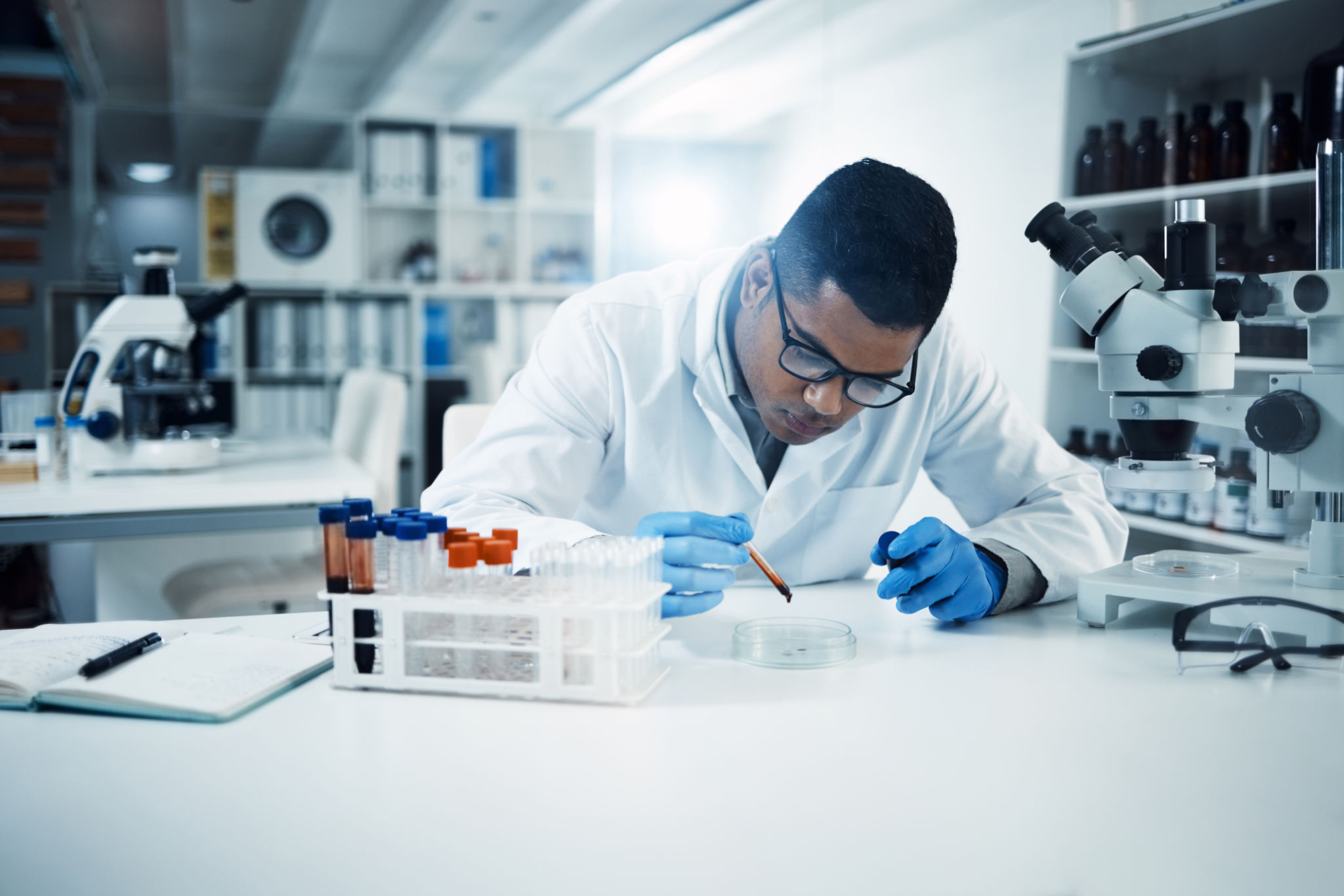Understanding the Basics of Clean Room Project Execution for High-Quality Pharmaceuticals
Introduction to Clean Rooms in Pharmaceuticals
Clean rooms are critical environments in the pharmaceutical industry, designed to maintain strict control over contamination levels. These spaces ensure that pharmaceutical products are produced in hygienic conditions, adhering to regulatory standards. Understanding the basics of clean room project execution is essential for anyone involved in their design or management.

Key Components of a Clean Room
A clean room's effectiveness is determined by several key components. These include the HVAC system, which regulates air quality and temperature, and HEPA filters that remove airborne particles. Additionally, the materials used in construction, such as anti-static flooring and specialized wall panels, play a vital role in maintaining cleanliness.
HVAC System
The HVAC system is the backbone of any clean room. It controls air flow, temperature, and humidity, ensuring the environment meets specific cleanliness standards. Properly designed HVAC systems minimize contamination and maintain a consistent environment.
Designing a Clean Room
Designing a clean room requires meticulous planning and attention to detail. The layout must accommodate various processes while minimizing potential contamination sources. This involves selecting appropriate materials and finishes, as well as ensuring adequate space for equipment and personnel movement.

Material Selection
The materials used in clean room construction must be easy to clean and resistant to microbial growth. Common choices include stainless steel for surfaces and epoxy coatings for floors. These materials help maintain cleanliness and prevent contaminants from accumulating.
Compliance with Regulatory Standards
Pharmaceutical clean rooms must comply with stringent regulatory standards, such as those set by the FDA and EU GMP. These regulations dictate acceptable levels of airborne particles and microbial contamination. Adhering to these standards ensures product safety and quality.
- FDA Regulations: Enforce guidelines on clean room design and maintenance.
- EU GMP: Provides specific requirements for manufacturing practices.
Regular Monitoring and Maintenance
To maintain compliance, regular monitoring and maintenance are crucial. This involves routine inspections, testing air quality, and ensuring equipment is functioning correctly. Preventative maintenance helps identify potential issues before they impact production quality.

Training and Personnel Management
The human element is just as critical as the physical components of a clean room. Personnel must be well-trained in hygiene practices and understand the importance of their role in maintaining a clean environment. Regular training sessions help reinforce these practices.
Hygiene Protocols
Implementing strict hygiene protocols is essential for personnel working in clean rooms. This includes proper gowning procedures, handwashing techniques, and minimizing movement that could stir up contaminants. These protocols must be consistently followed to reduce contamination risks.
Conclusion
Understanding the basics of clean room project execution is vital for ensuring high-quality pharmaceutical production. From design and material selection to compliance with regulations and personnel management, each aspect plays a crucial role in maintaining the integrity of clean room environments. By focusing on these fundamentals, pharmaceutical companies can safeguard product quality and ensure patient safety.
